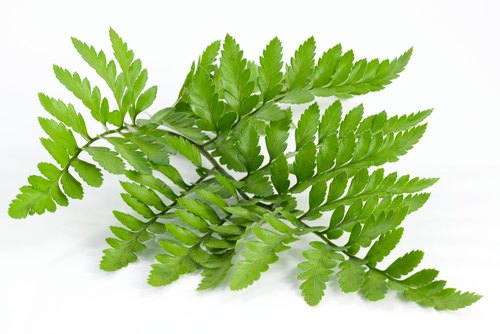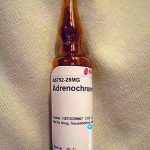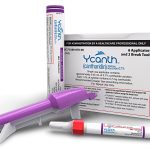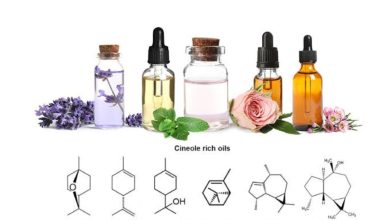Kalawalla Herb Benefits, Uses, Side Effects

Kalawalla is a herbal supplement containing Polypodium leucotomos a type of fern native to Central and South America. Kalawalla contains flavonoids, alkaloids, and lipids. It is a rich source of lipids and fatty acids and its therapeutic activity is attributed to these groups of chemicals. People use Kalawalla for sunburn, eczema (atopic dermatitis), scaly, itchy skin (psoriasis), a skin disorder that causes white patches to develop on the skin (vitiligo), and many other conditions, but there is no good scientific evidence to support these uses.
There are also unsupported claims about the remedial effects of Kalawalla in the treatment of multiple sclerosis that suggest its anti-inflammatory and antioxidant properties regulate the immune system. However, such claims need to be treated with caution as there is no research evidence supporting the use of Kalawalla in MS.
How does Kalawalla work?
Scientists don’t exactly know how Kalawalla works, but it is believed that it might be related to its antioxidant effects. Antioxidants prevent damage caused by excessive sun exposure. Polypodium leucotomos has been the subject of research studies, the focus has been on the photoprotective properties of the substance and its usage in the treatment of various skin complaints such as psoriasis and light sensitivity.
The mechanism of action in treating psoriasis is thought to be related to the modulation of certain cellular processes found in inflammation and psoriatic skin. Scientists have shown that psoriatic skin has abnormally high quantities of chemicals produced in the body called leukotriene and PAF(platelet-activating factor). Both are implicated in the cause and progression of psoriasis.
How to take Kalawalla
The appropriate dose of Kalawalla depends on several factors such as the user’s age, health, and several other conditions. At this time there is not enough scientific information to determine an appropriate range of doses for Kalawalla but daily doses used typically range from 360-480 mg. Higher doses of 960-1200 mg daily have been used safely for shorter durations of 2-4 weeks.
Keep in mind that natural products are not always necessarily safe and dosages can be important. Be sure to follow relevant directions on product labels and consult your pharmacist or physician or other healthcare professional before using.
Can a pregnant woman take Kalawalla?
No, a pregnant or breastfeeding woman should not take or use Kalawalla. There is not enough reliable information about the safety of taking Kalawalla if you are pregnant or breastfeeding. Stay on the safe side and avoid use.
What are the benefits of Kalawalla supplements?
The risks and benefits associated with the use of Kalawalla include:
- Itchy and inflamed skin (eczema). Early research suggests that taking Kalawalla might reduce inflammation in people with itchy and inflamed skin.
- Dementia. The effectiveness of Kalawalla for dementia is unclear. Some early research suggests that taking about 360 mg of Kalawalla daily for 4 weeks might improve mental function in people with mild to moderate dementia. However, other research suggests that taking 720 mg of the same extract daily might not be effective. The reason for these conflicting results is not clear.
- Psoralen-UVA (PUVA) light exposure damage. Psoralen is a medication for a skin condition called psoriasis. Exposure to UV light makes psoralen work better in some patients. This combination treatment is called PUVA. There is some evidence that taking Kalawalla before PUVA treatment can reduce skin redness and signs of light damage. Kalawalla also seems to decrease skin darkening that happens to some people after PUVA treatment. Early research also suggests that taking a Kalawalla or applying a lotion containing Polypodium leucotomos extract before light exposure might decrease skin damage in people with psoralen-sensitized skin.
- Psoriasis. Some evidence suggests that taking Kalawalla might improve symptoms of severe psoriasis.
- Sunburn. Early research suggests that taking a specific Kalawalla before sun exposure can reduce reddening of the skin and signs of skin damage. Early research also suggests that taking Kalawalla or applying a lotion containing Polypodium leucotomos before sun exposure might decrease sun damage. Clinical studies on sunburn and sun damage have used a specific extract of Polypodium leucotomos.
- A condition called vitiligo in which whitish patches appear on the skin. Early research suggests that taking Kalawalla for up to 26 weeks might return some skin color in people with vitiligo. There are also some reports that taking an extract of Polypodium leucotomos for 5 months can have similar effects.
However, more evidence is needed to rate the effectiveness of Kalawalla for the following uses:
- Skin cancer.
- Other cancers.
- Other conditions.
Side effects of Kalawalla supplements
Kalawalla extract is generally well tolerated and safe with few side effects which may include:
- Allergic reactions and rashes.
- Asthma
- Headaches
- Nausea
- Vomiting
- Diarrhoea
If these effects are mild, they may go away within a few days or a couple of weeks. If they’re more severe or don’t go away, talk to your doctor or pharmacist.





